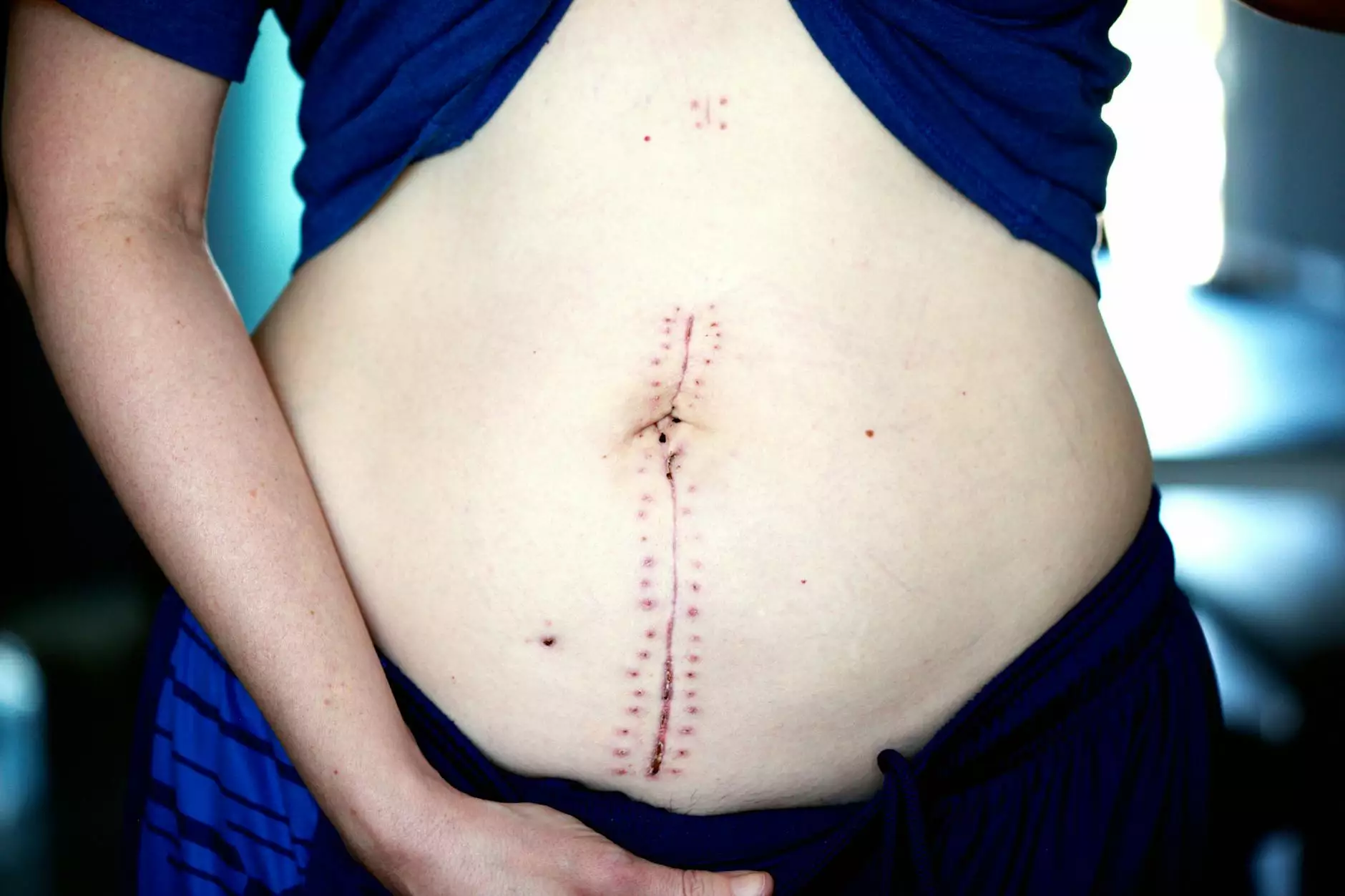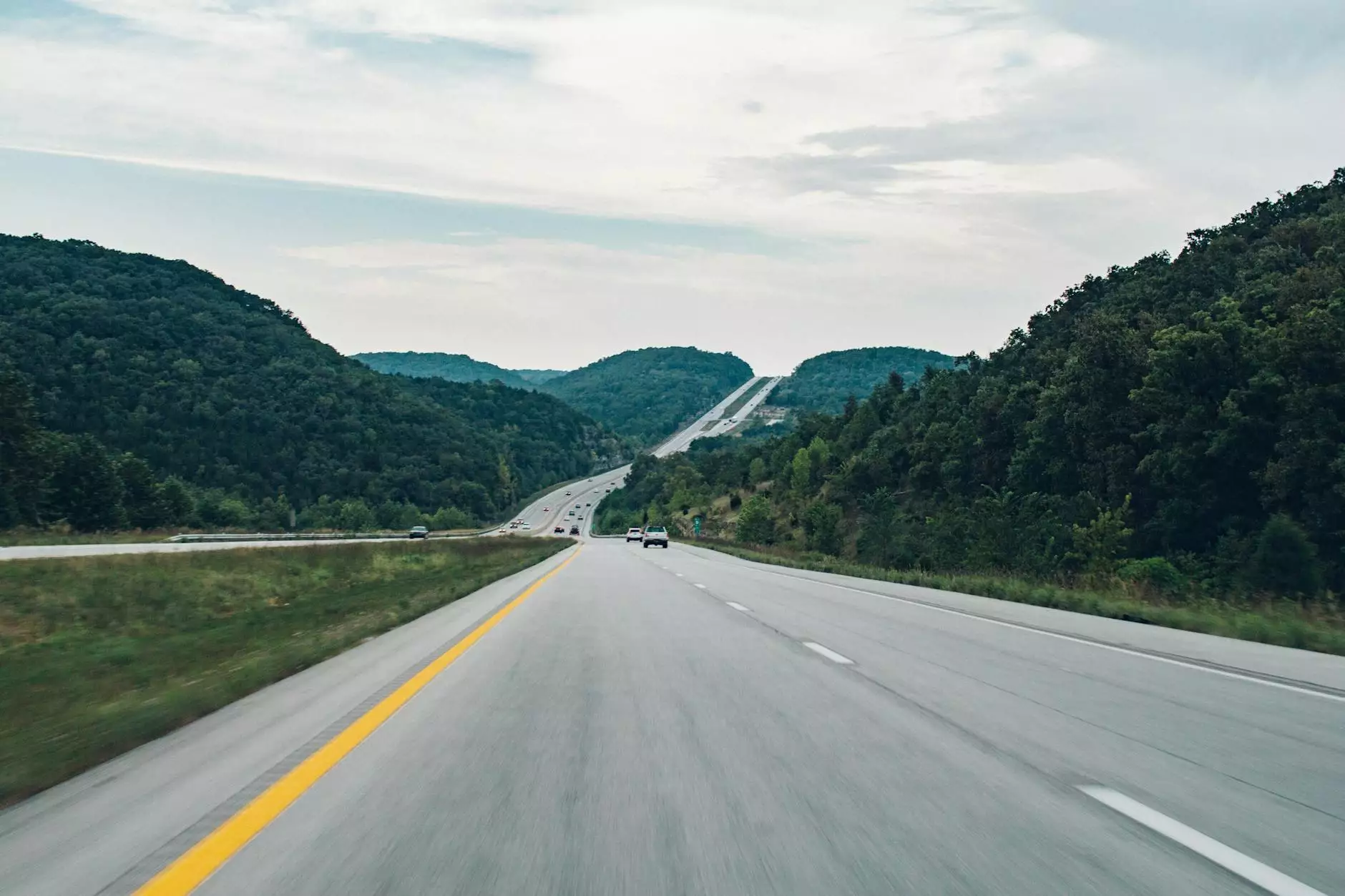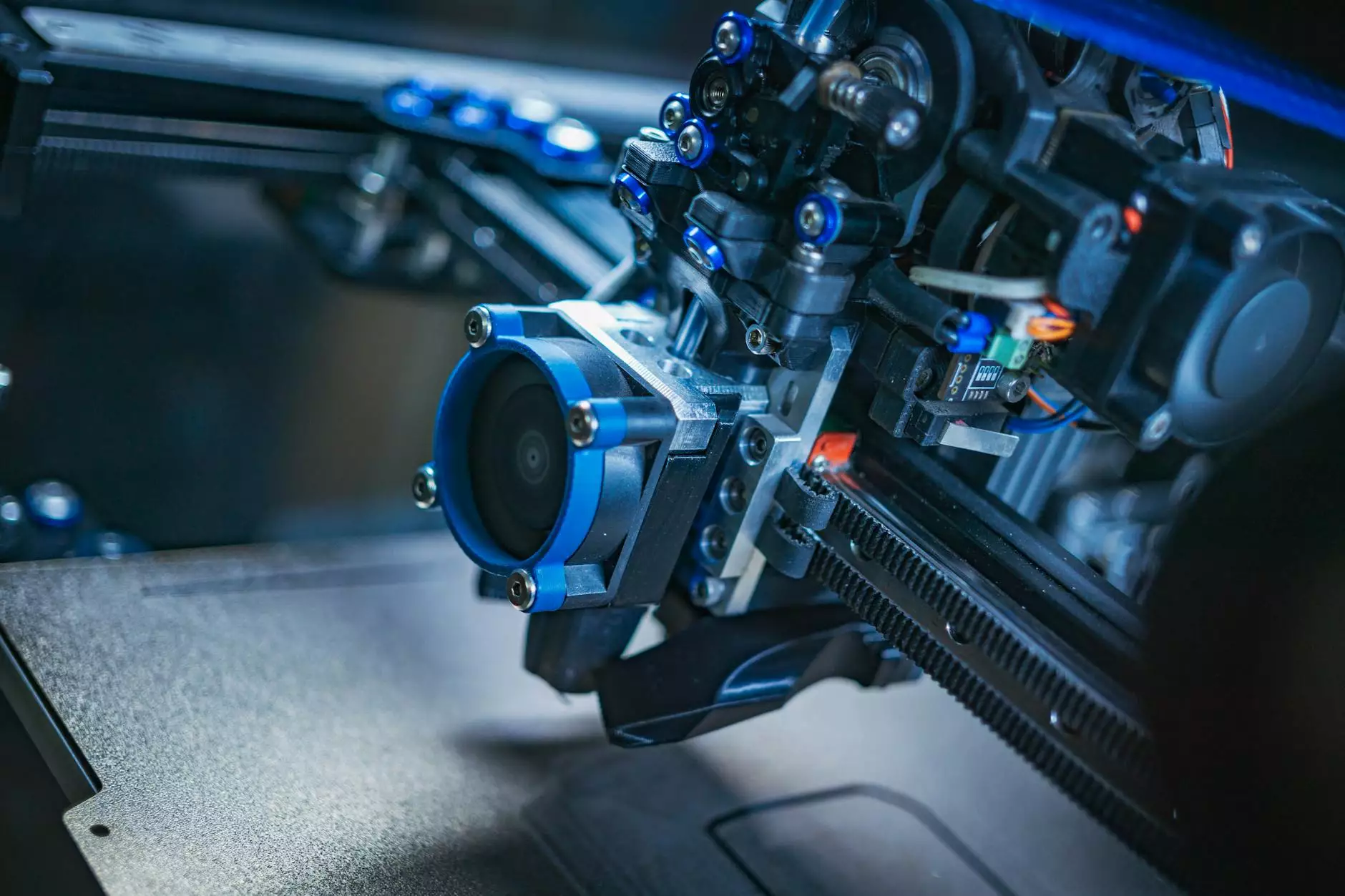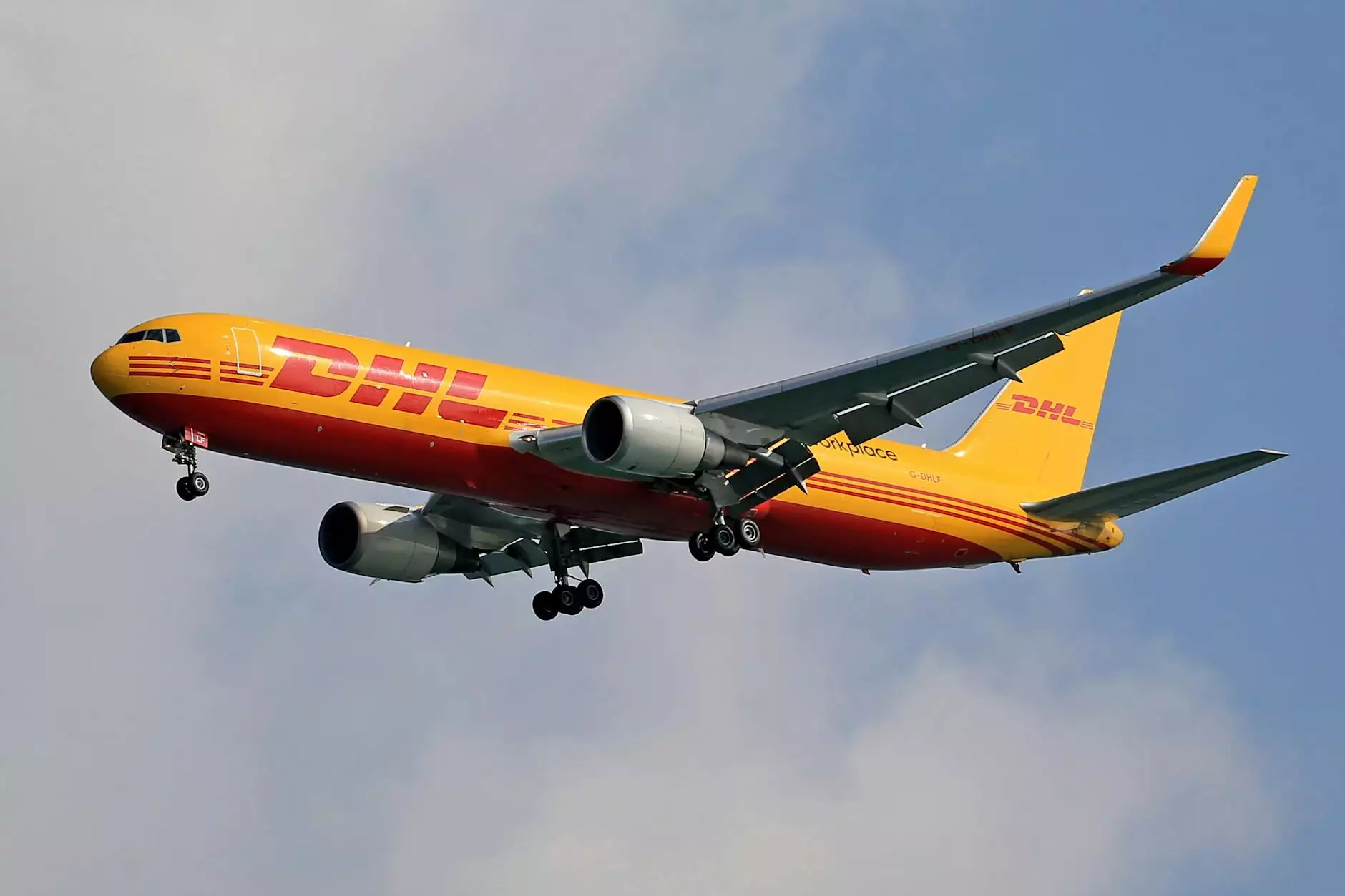Understanding Time Delay Photography
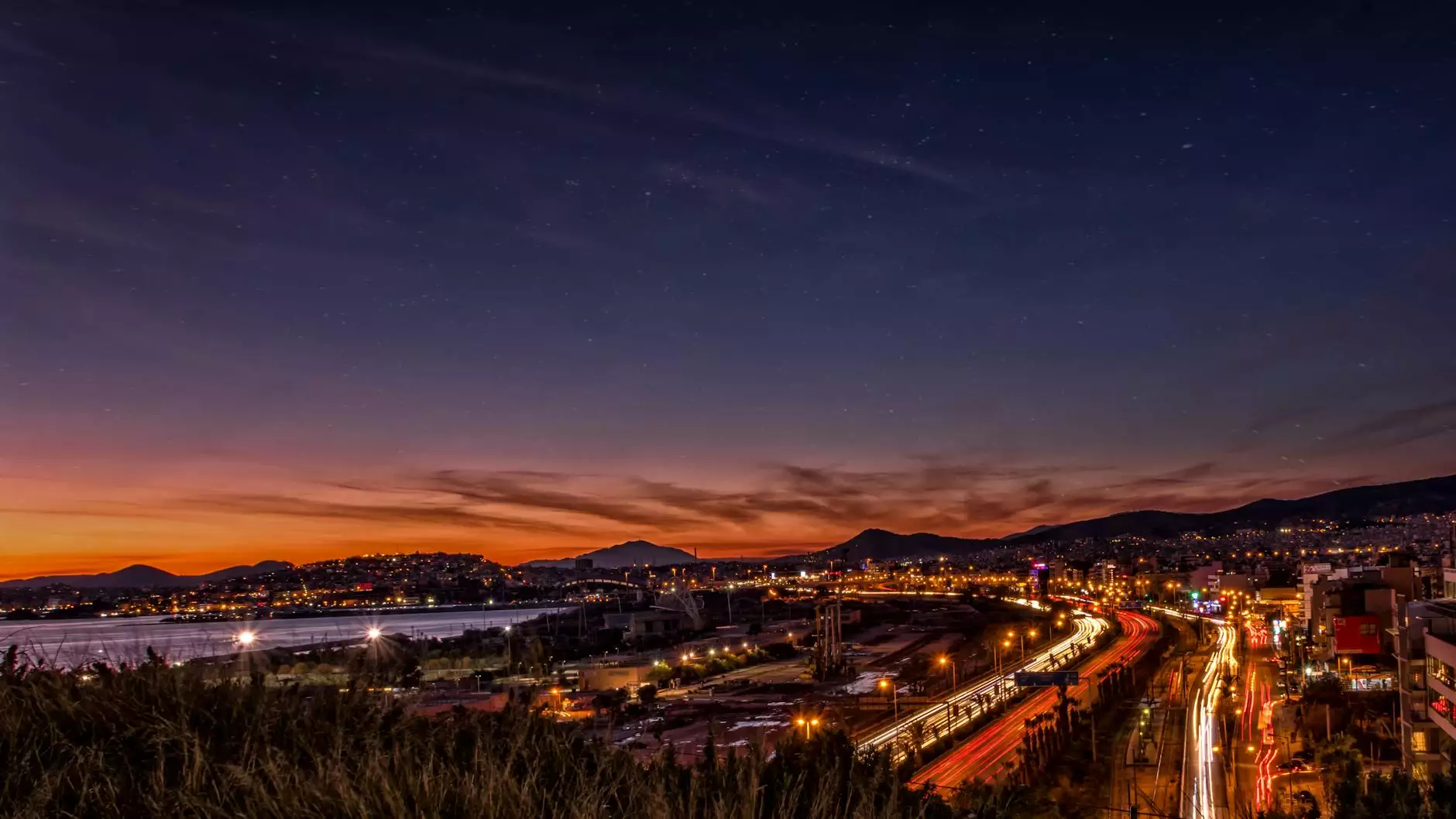
Time delay photography is an artistic and technical photography technique that captures the essence of time. By taking a series of images at intervals over a period of time, this method reveals changes that might not be visible in a static photograph. Through this article, we will explore the depth of this fascinating photography technique, its applications, and how it can elevate your visual storytelling.
The Basics of Time Delay Photography
At its core, time delay photography involves a camera that is set to take pictures periodically. This interval can range from seconds to hours, and the resulting sequence of images can be combined to create a video or a slideshow that presents a unique narrative. The technique offers viewers an opportunity to perceive movements and changes that are normally too subtle for the naked eye to notice.
How Time Delay Photography Works
The process typically involves several key components:
- Camera: While any camera can be used, DSLRs or mirrorless cameras with intervalometers can achieve the best results.
- Intervalometer: This device automates the shooting process by triggering the camera to take photos at preset intervals.
- Tripod: Stability is crucial; a sturdy tripod keeps the camera steady, reducing the risk of motion blur.
- Edit Software: After capturing the images, software like Adobe Premiere Pro or Final Cut Pro can be used to compile and edit the footage into a polished final product.
Applications of Time Delay Photography
The versatility of time delay photography allows its application across various fields, each with unique requirements and creativity:
1. Nature and Landscape Photography
In nature photography, time delay photography captures the subtle shifts in natural landscapes, focusing on phenomena like blooming flowers, moving clouds, and rushing water. Through this lens, the photographer tells a compelling story about the environment's transformation.
2. Urban Scenes
Urban explorers utilize time delay techniques to document the rhythm of city life. This could include the movement of traffic, people bustling in and out of buildings, or the slow transition of day into night. The changing light and shadows create a dynamic visual narrative.
3. Real Estate Photography
In real estate, time delay photography is becoming increasingly popular by showcasing properties over various times of day. A sequence of images can highlight how sunlight enhances a room or the surrounding landscape, making the property more attractive to potential buyers.
Technical Aspects of Time Delay Photography
While understanding the concept is essential, mastering the technical aspects enhances the quality of your work. Here are several critical considerations:
Choosing the Right Settings
The exposure settings you select significantly affect the outcome. Here are some recommendations:
- Aperture: A smaller aperture (higher f-stop) can create a greater depth of field, ensuring more of the image is in focus.
- ISO: Start with a lower ISO setting to minimize noise. However, if shooting in low light, adjust accordingly.
- Shutter Speed: Depending on the subject, you may need to experiment to avoid motion blur or ensure a smooth transition in your images.
Choosing the Right Intervals
The interval setting will vary based on the subject matter:
- For fast-moving subjects, shorter intervals (a few seconds) are necessary.
- For slower processes like sunsets or plant growth, longer intervals (e.g., 10 minutes or more) can be more effective.
Equipment for Time Delay Photography
Investing in quality equipment enhances the effectiveness of time delay photography. Here are some essential tools:
Cameras
Any camera can work, but those with manual settings and an intervalometer provide better control. Consider:
- DSLRs: Versatile and customizable, ideal for various lighting conditions.
- Mirrorless Cameras: Lightweight and compact, yet powerful enough to handle demanding shoots.
Additional Accessories
Aside from your camera, consider the following gear:
- Lens: A selection of lenses can enhance creativity and flexibility.
- Tripods: An essential investment for stability, especially during long exposures.
- Filters: ND filters can help control light exposure, particularly in bright conditions.
Editing Time Delay Photography
The final touch to your time delay photography is editing. Here are some tips for effectively showcasing your work:
Compiling Images
Using editing software, compile your images into a sequence. This process can bring life to your photos:
- Speed Adjustment: Adjust the speed of the transition between images to suit the narrative.
- Color Correction: Ensure that colors are consistent and vibrant, enhancing the mood of the visuals.
- Music and Sound Effects: Adding the right background score can elevate the viewer's experience.
Final Formats
Decide how you want to present your work:
- Video: A compelling video format is often more engaging for viewers.
- Slideshow: A simple form that allows for easy viewing and sharing online.
How to Get Started with Time Delay Photography
Embarking on your journey in the world of time delay photography requires a few foundational steps for success:
1. Research and Inspiration
Explore the work of established time delay photographers. Platforms like YouTube and photography blogs can offer great insights and inspiration.
2. Practice
Start small: take short sequences of common phenomena. This practice will build your confidence and skill before tackling larger projects.
3. Share Your Work
Utilize social media platforms like Instagram and Pinterest to showcase your results. Engaging with photography communities can also provide valuable feedback and exposure.
Conclusion
Time delay photography is more than just a technique; it’s an art form that can transform the way we perceive movement and change. By mastering this fascinating method, photographers can create stunning visual narratives that captivate audiences and bring stories to life. Whether you're a budding photographer or an established professional, time delay photography holds endless possibilities for creativity and expression.
At Bonomotion, we embrace the beauty of photography and offer services in various genres, including real estate photography. Dive into the world of innovative photography to enrich your projects and engage your audience like never before!

